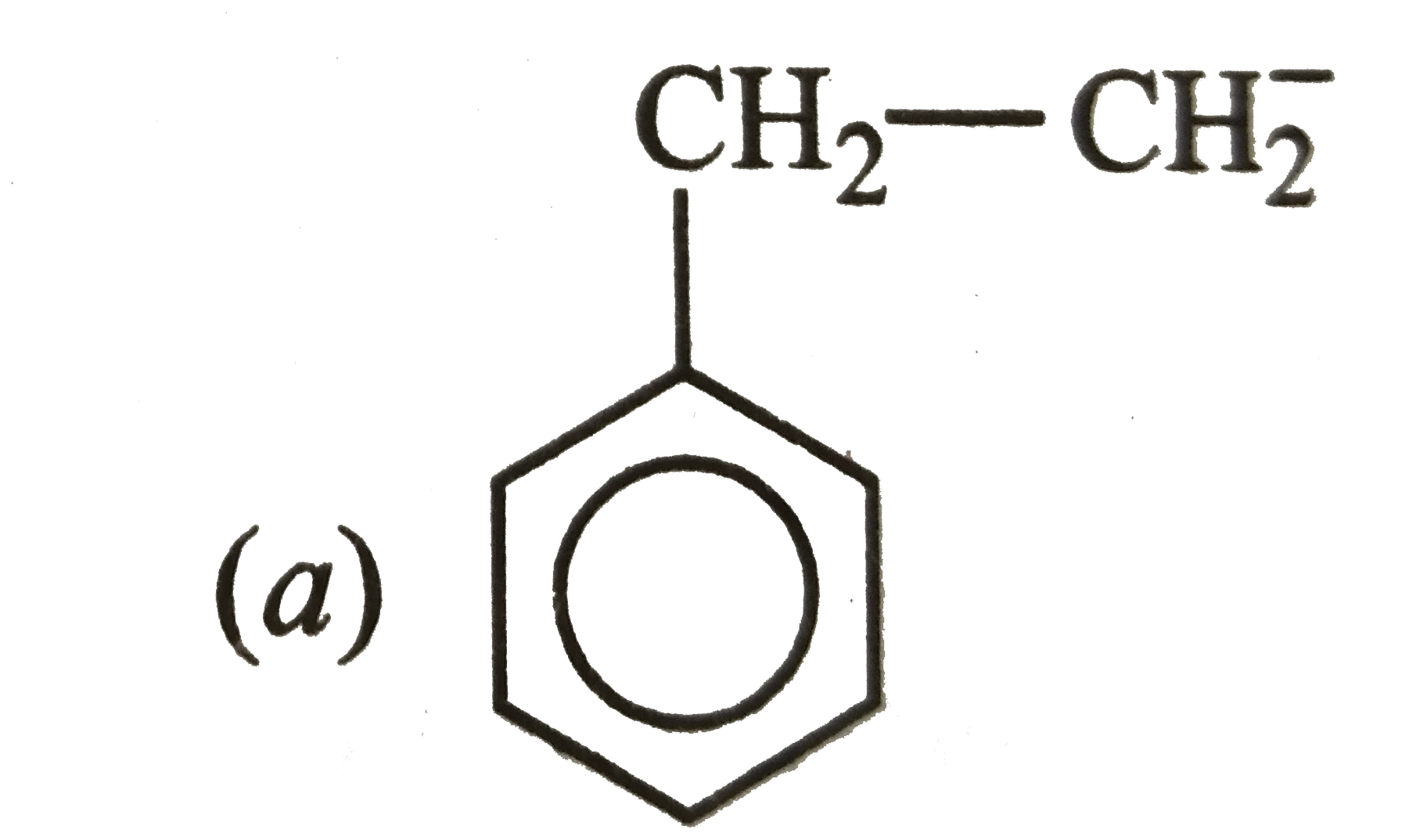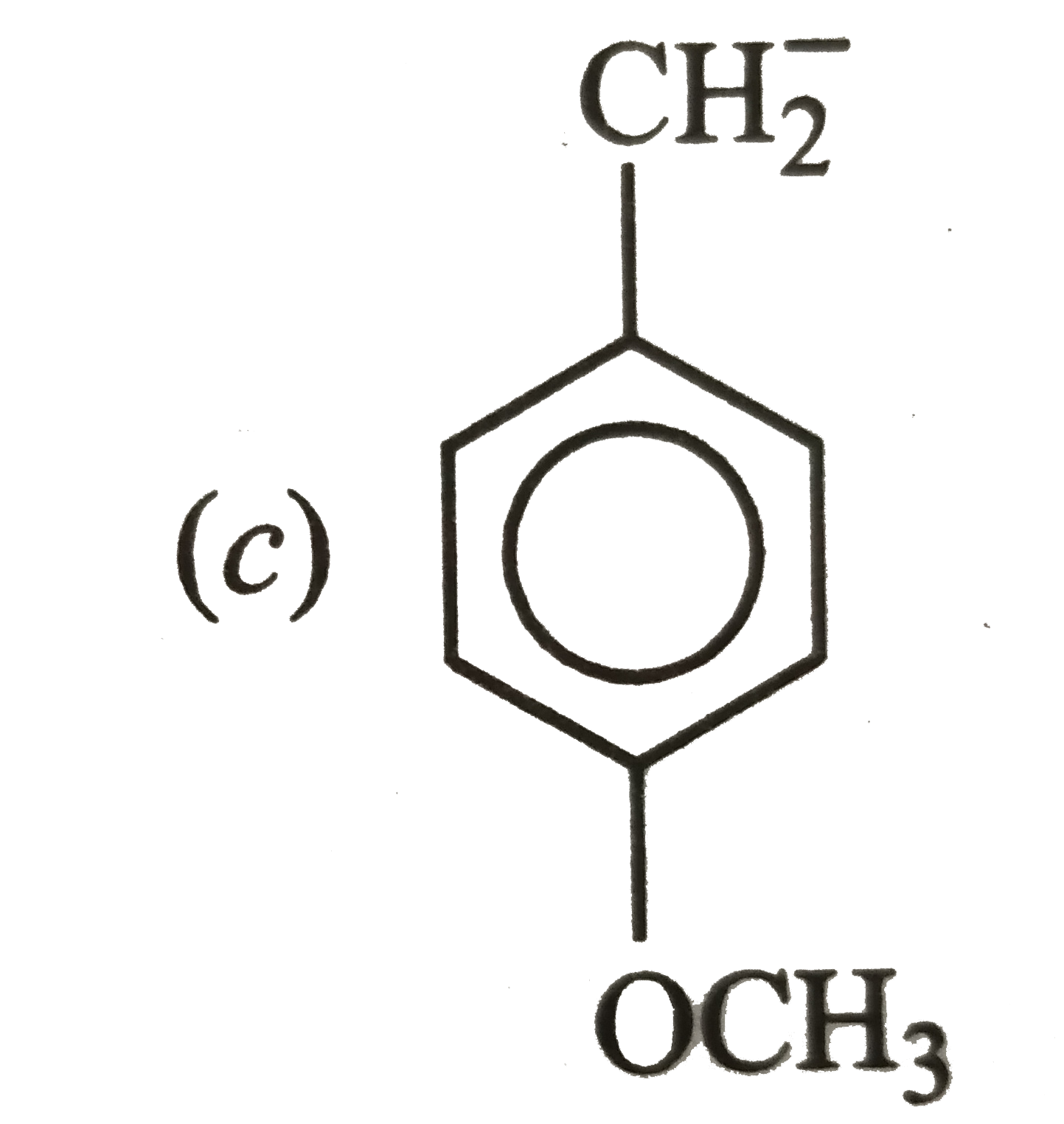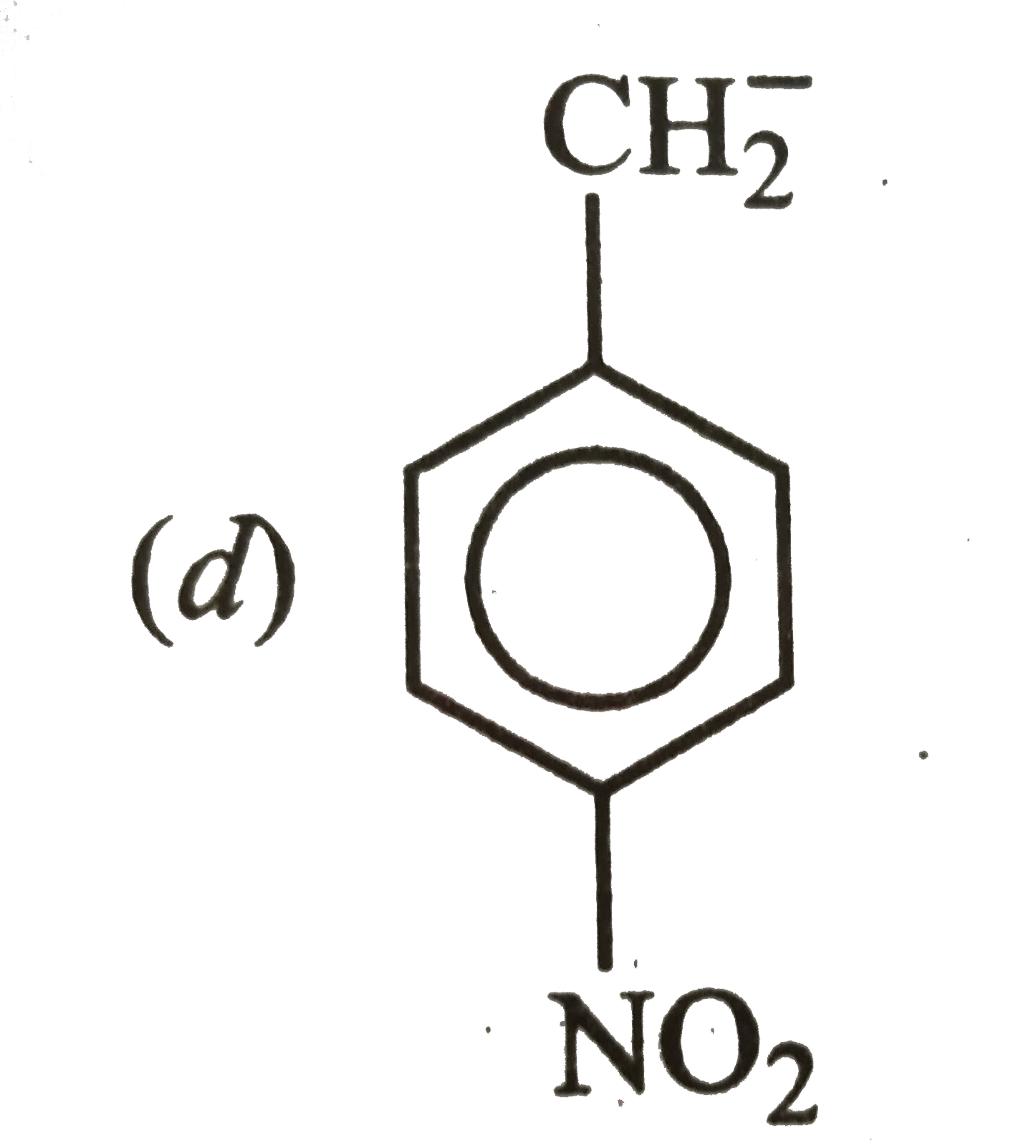An organic reaction occurs through making and breaking of bonds. The breaking of bonds may occur either homolytically leading to the formation of radicals or heterolytically generating positively and negatively charged species. The neutral species (free radicals, carbenes, nitrenes, etc.) and positively charged species being electron deifcient are collectively called electrophiles while neutral and negatively charged species which are electron rich are called nucleophiles. An organic reaction usually involves the attack of a reagent (radicals, positively and negatively charged species) on the substrate molecule). The substrate molecule, although as a whole electrically neutral, has centres of low and high electron density due to displacement of bonding electrons. These electrons displacements occur through inductive, electromeric occur through inductive, electromeric, resonance and hyperconjugation effects. Whereas inductive effects involve displacement transfer of n-and π-electrons along a conjugated system. Hypercongation effects, on the other hand, involve σ−π-conjugation. Both inductive and hyperconjugation effects can be used to explain the stability of carbocations and free radicals which follow the stability order: 3∘>2∘>1∘. The stability of carbanions, however, follows opposite order.
The stability of a molecule can be judged on the basis of contribution of its resonance structures. Resonance structures have same position of nuclei and have same number of unpaired electrons. Among resonance structures, the one which has greater number of covalent bonds, has less separation of opposite Charges, a negative charge on more electronegative and a positive charge on a more electropostive atom are more stable than others.
The C-C bond length in propene s little shorter (1.49 Å) than the C-C bond length (1.54 Å) in ethane. This is due to




The correct Answer is:D
Step by step video, text & image solution for An organic reaction occurs through making and breaking of bonds. The breaking of bonds may occur either homolytically leading to the formation of radicals or heterolytically generating positively and negatively charged species. The neutral species (free radicals, carbenes, nitrenes, etc.) and positively charged species being electron deifcient are collectively called electrophiles while neutral and negatively charged species which are electron rich are called nucleophiles. An organic reaction usually involves the attack of a reagent (radicals, positively and negatively charged species) on the substrate molecule). The substrate molecule, although as a whole electrically neutral, has centres of low and high electron density due to displacement of bonding electrons. These electrons displacements occur through inductive, electromeric occur through inductive, electromeric, resonance and hyperconjugation effects. Whereas inductive effects involve displacement transfer of n-and pi-electrons along a conjugated system. Hypercongation effects, on the other hand, involve sigma-pi-conjugation. Both inductive and hyperconjugation effects can be used to explain the stability of carbocations and free radicals which follow the stability order: 3^(@) gt 2^(@) gt 1^(@). The stability of carbanions, however, follows opposite order. The stability of a molecule can be judged on the basis of contribution of its resonance structures. Resonance structures have same position of nuclei and have same number of unpaired electrons. Among resonance structures, the one which has greater number of covalent bonds, has less separation of opposite Charges, a negative charge on more electronegative and a positive charge on a more electropostive atom are more stable than others. The C-C bond length in propene s little shorter (1.49 Å) than the C-C bond length (1.54 Å) in ethane. This is due to by Chemistry experts to help you in doubts & scoring excellent marks in Class 11 exams.
Updated on:21/07/2023Topper's Solved these Questions
- ORGANIC CHEMISTRY-SOME BASIC PRINCIPLES TECHNIQUESBook:PRADEEPChapter:ORGANIC CHEMISTRY-SOME BASIC PRINCIPLES TECHNIQUESExercise:Competition Focus (Jee (Main and Advanced)/Medical Entrance) IV. Matching Type Questions
Explore 1 Video
- ORGANIC CHEMISTRY-SOME BASIC PRINCIPLES TECHNIQUESBook:PRADEEPChapter:ORGANIC CHEMISTRY-SOME BASIC PRINCIPLES TECHNIQUESExercise:Competition Focus (Jee (Main and Advanced)/Medical Entrance) V. Matrix-Match Type Questions
Explore 1 Video
- ORGANIC CHEMISTRY-SOME BASIC PRINCIPLES TECHNIQUESBook:PRADEEPChapter:ORGANIC CHEMISTRY-SOME BASIC PRINCIPLES TECHNIQUESExercise:Competition Focus (Jee (Main and Advanced)/Medical Entrance) II. Multiple Choice Questions (with one or more than one correct answers)
Explore 8 Videos
- HYDROGEN Book:PRADEEPChapter:HYDROGEN Exercise:COMPETITION FOCUS (Assertion-Reason Type Questions) Type 2
Explore 15 Videos
- P-BLOCK ELEMENTS (NITROGEN FAMILY)Book:PRADEEPChapter:P-BLOCK ELEMENTS (NITROGEN FAMILY)Exercise:Competition focus jee(main and advanced)/ medical entrance special) (VIII. Assertion-Reason Type Questions)
Explore 10 Videos
Similar Questions

View SolutionMatch the following columns

View SolutionWhich of the following compounds contain only sp3 hybridized carbon ?
View SolutionAssertion : The water gas shift reaction can be used to increase the amount of H2 in the shift ' syn gas ' mixture.
Reason : In this reaction, water is reduced to H2 by CO.
View SolutionStatement -1 : Although NaH2PO2 contains two H-atoms, it is not an acid salt.
Satement -2 : It contains two ionisable hydrogens.
View SolutionAn organic reaction occurs by using reagents called electrophiles and nucleophiles via the formation of some reactive intermediates called carbocations, carbanions, free radicals, carbenes, nitrenes, radical cations, and radical anions. The most stable carbanion is :
View SolutionAn organic reaction occurs by using reagents called electrophiles and nucleophiles via the formation of some reactive intermediates called carbocations, carbanions, free radicals, carbenes, nitrenes, radical cations, and radical anions. The most stable carbocation is :
View SolutionAn organic reaction occurs by using reagents called electrophiles and nucleophiles via the formation of some reactive intermediates called carbocations, carbanions, free radicals, carbenes, nitrenes, radical cations, and radical anions. The most stable free radical is :
View SolutionAn organic reaction occurs by using reagents called electrophiles and nucleophiles via the formation of some reactive intermediates called carbocations, carbanions, free radicals, carbenes, nitrenes, radical cations, and radical anions. The least stable carbocation is :
View SolutionThe electronic displacements in covalent bonds may occur either in the ground state under the influence of an atom or a substituent group or in presence of an appropriate attacking reagent. As a result of these electron displacements, centres of different electron densities are created and these centres are susceptible to attack by the reagents. These electron displacements occur through inductive electromeric, resonance and hyperconjugation effects. Whereas inductive effect involves displacement of sigam-electrons towards the substituent, resonance effect involves delocalization of π−electrons transmitted through the chain and both are permanent effect. Electromeric effect is the complete transfer of a shared pair of π- electrons to one of the atoms joined by a multiple bond on the demand of an attacking reagent. Hyperconjugation effects on the other hand involve delocalization of σ-electrons of C−H bond of an alkyl group directly attached to an atom of unsaturated system (i.e., σ−π-conjugation). Both inductive and hyperconjugation effects can be used to explain the stability of carbocations and free radicals which follow the stability order : 3∘>2∘>1∘. The stability or carbanions, however, follows the reverse order.
An organic reaction occurs through making and breaking of bonds. The breaking of a covalent bond may occur either homolytic leading to the formation of free radicals or heterolytic forming positively (carbocations) or negatively (carbanions) charged species. Most of the attacking reagents carry either a positive or a negative charge. The positively charged species with electron deficient centre or neutral species (free radicals, carbenes, nitrene) are collectively called electrophiles, while negatively charged species with electron rich centre or neutral species (like water, alcohol, ammonia, etc.) are called nucleophiles.
Which of the following groups has highest inductive effect?
View SolutionThe electronic displacements in covalent bonds may occur either in the ground state under the influence of an atom or a substituent group or in presence of an appropriate attacking reagent. As a result of these electron displacements, centres of different electron densities are created and these centres are susceptible to attack by the reagents. These electron displacements occur through inductive electromeric, resonance and hyperconjugation effects. Whereas inductive effect involves displacement of sigam -electrons towards the substituent, resonance effect involves delocalization of pi- electrons transmitted through the chain and both are permanent effect. Electromeric effect is the complete transfer of a shared pair of pi - electrons to one of the atoms joined by a multiple bond on the demand of an attacking reagent. Hyperconjugation effects on the other hand involve delocalization of sigma -electrons of C-H bond of an alkyl group directly attached to an atom of unsaturated system (i.e., sigma-pi -conjugation). Both inductive and hyperconjugation effects can be used to explain the stability of carbocations and free radicals which follow the stability order : 3^(@)gt2^(@)gt1^(@) . The stability or carbanions, however, follows the reverse order. An organic reaction occurs through making and breaking of bonds. The breaking of a covalent bond may occur either homolytic leading to the formation of free radicals or heterolytic forming positively (carbocations) or negatively (carbanions) charged species. Most of the attacking reagents carry either a positive or a negative charge. The positively charged species with electron deficient centre or neutral species (free radicals, carbenes, nitrene) are collectively called electrophiles, while negatively charged species with electron rich centre or neutral species (like water, alcohol, ammonia, etc.) are called nucleophiles. Out of the following series, the one containing only electrophiles is:
View SolutionThe electronic displacements in covalent bonds may occur either in the ground state under the influence of an atom or a substituent group or in presence of an appropriate attacking reagent. As a result of these electron displacements, centres of different electron densities are created and these centres are susceptible to attack by the reagents. These electron displacements occur through inductive electromeric, resonance and hyperconjugation effects. Whereas inductive effect involves displacement of σ-electrons towards the substituent, resonance effect involves delocalization of π−electrons transmitted through the chain and both are permanent effect. Electromeric effect is the complete transfer of a shared pair of π- electrons to one of the atoms joined by a multiple bond on the demand of an attacking reagent. Hyperconjugation effects on the other hand involve delocalization of σ-electrons of C−H bond of an alkyl group directly attached to an atom of unsaturated system (i.e., σ−π-conjugation). Both inductive and hyperconjugation effects can be used to explain the stability of carbocations and free radicals which follow the stability order : 3∘>2∘>1∘. The stability or carbanions, however, follows the reverse order.
An organic reaction occurs through making and breaking of bonds. The breaking of a covalent bond may occur either homolytic leading to the formation of free radicals or heterolytic forming positively (carbocations) or negatively (carbanions) charged species. Most of the attacking reagents carry either a positive or a negative charge. The positively charged species with electron deficient centre or neutral species (free radicals, carbenes, nitrene) are collectively called electrophiles, while negatively charged species with electron rich centre or neutral species (like water, alcohol, ammonia, etc.) are called nucleophiles.
Which of the following is most stable cation?
View SolutionAn organic reaction occurs through making and breaking of bonds. The breaking of bonds may occur either homolytically leading to the formation of radicals or heterolytically generating positively and negatively charged species. The neutral species (free radicals, carbenes, nitrenes, etc.) and positively charged species being electron deifcient are collectively called electrophiles while neutral and negatively charged species which are electron rich are called nucleophiles. An organic reaction usually involves the attack of a reagent (radicals, positively and negatively charged species) on the substrate molecule). The substrate molecule, although as a whole electrically neutral, has centres of low and high electron density due to displacement of bonding electrons. These electrons displacements occur through inductive, electromeric occur through inductive, electromeric, resonance and hyperconjugation effects. Whereas inductive effects involve displacement transfer of n-and pi -electrons along a conjugated system. Hypercongation effects, on the other hand, involve sigma-pi -conjugation. Both inductive and hyperconjugation effects can be used to explain the stability of carbocations and free radicals which follow the stability order: 3^(@) gt 2^(@) gt 1^(@) . The stability of carbanions, however, follows opposite order. The stability of a molecule can be judged on the basis of contribution of its resonance structures. Resonance structures have same position of nuclei and have same number of unpaired electrons. Among resonance structures, the one which has greater number of covalent bonds, has less separation of opposite Charges, a negative charge on more electronegative and a positive charge on a more electropostive atom are more stable than others. Which of the following series contains only electrophiles ?
View SolutionAn organic reaction occurs through making and breaking of bonds. The breaking of bonds may occur either homolytically leading to the formation of radicals or heterolytically generating positively and negatively charged species. The neutral species (free radicals, carbenes, nitrenes, etc.) and positively charged species being electron deifcient are collectively called electrophiles while neutral and negatively charged species which are electron rich are called nucleophiles. An organic reaction usually involves the attack of a reagent (radicals, positively and negatively charged species) on the substrate molecule). The substrate molecule, although as a whole electrically neutral, has centres of low and high electron density due to displacement of bonding electrons. These electrons displacements occur through inductive, electromeric occur through inductive, electromeric, resonance and hyperconjugation effects. Whereas inductive effects involve displacement transfer of n-and π-electrons along a conjugated system. Hypercongation effects, on the other hand, involve σ−π-conjugation. Both inductive and hyperconjugation effects can be used to explain the stability of carbocations and free radicals which follow the stability order: 3∘>2∘>1∘. The stability of carbanions, however, follows opposite order.
The stability of a molecule can be judged on the basis of contribution of its resonance structures. Resonance structures have same position of nuclei and have same number of unpaired electrons. Among resonance structures, the one which has greater number of covalent bonds, has less separation of opposite Charges, a negative charge on more electronegative and a positive charge on a more electropostive atom are more stable than others.
Out of the following, the one containing only nucleophiles is
View SolutionAn organic reaction occurs through making and breaking of bonds. The breaking of bonds may occur either homolytically leading to the formation of radicals or heterolytically generating positively and negatively charged species. The neutral species (free radicals, carbenes, nitrenes, etc.) and positively charged species being electron deifcient are collectively called electrophiles while neutral and negatively charged species which are electron rich are called nucleophiles. An organic reaction usually involves the attack of a reagent (radicals, positively and negatively charged species) on the substrate molecule). The substrate molecule, although as a whole electrically neutral, has centres of low and high electron density due to displacement of bonding electrons. These electrons displacements occur through inductive, electromeric occur through inductive, electromeric, resonance and hyperconjugation effects. Whereas inductive effects involve displacement transfer of n-and π-electrons along a conjugated system. Hypercongation effects, on the other hand, involve σ−π-conjugation. Both inductive and hyperconjugation effects can be used to explain the stability of carbocations and free radicals which follow the stability order: 3∘>2∘>1∘. The stability of carbanions, however, follows opposite order.
The stability of a molecule can be judged on the basis of contribution of its resonance structures. Resonance structures have same position of nuclei and have same number of unpaired electrons. Among resonance structures, the one which has greater number of covalent bonds, has less separation of opposite Charges, a negative charge on more electronegative and a positive charge on a more electropostive atom are more stable than others.
The C-C bond length in propene s little shorter (1.49 Å) than the C-C bond length (1.54 Å) in ethane. This is due to
View Solution

